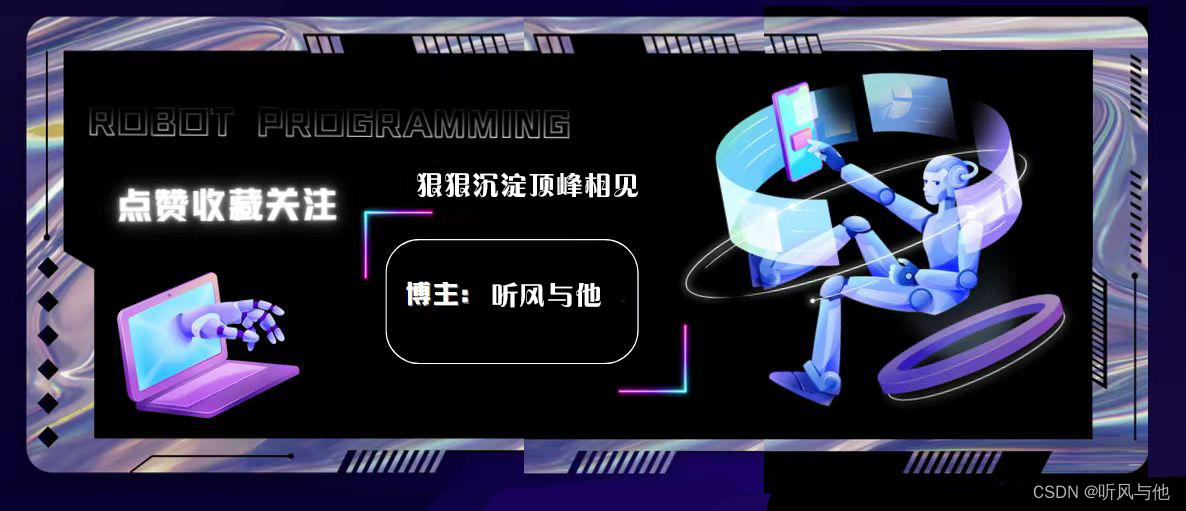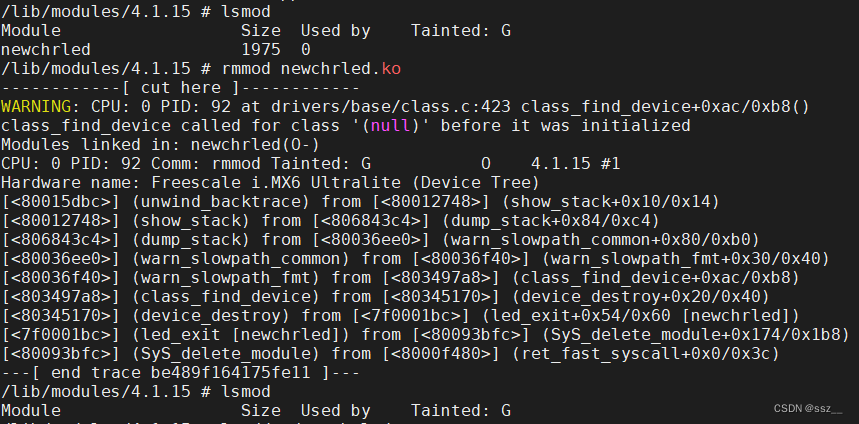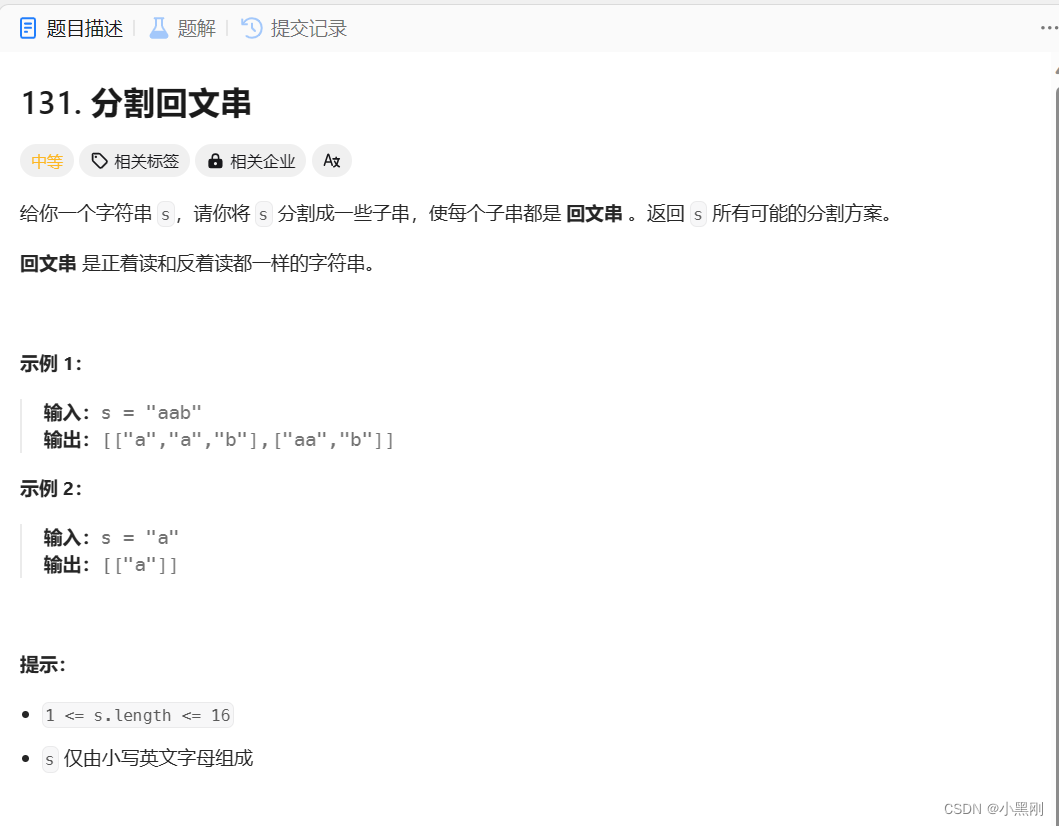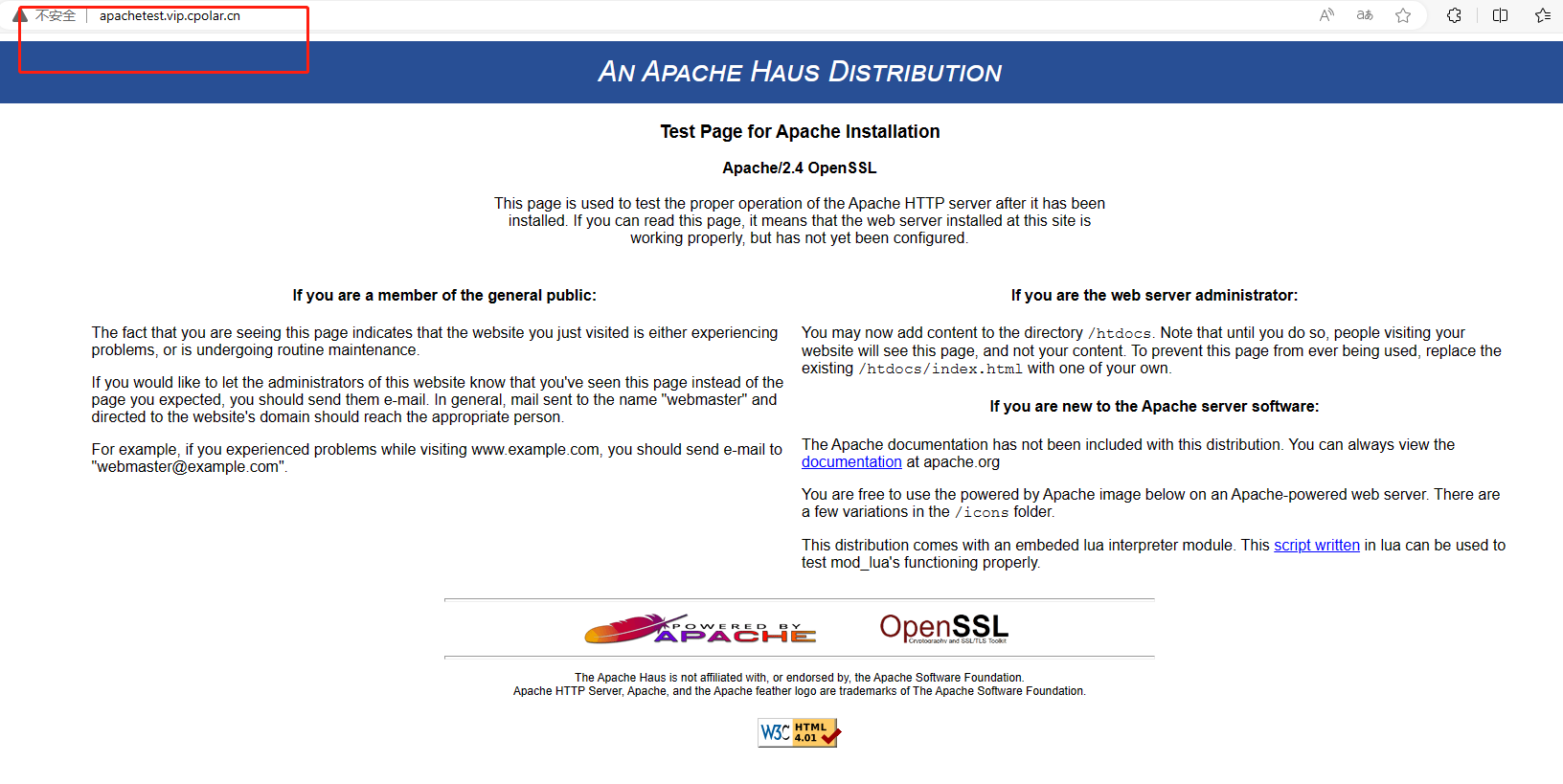异常处理顺序
我们直接通过代码看下Java中异常的处理顺序。
- 数组越界异常属于运行时异常,被捕捉后就停止了,打印结果为
数组越界了。
@Test
public void test2(){int[] arr = new int[4];try{System.out.println(arr[5]);}catch (ArrayIndexOutOfBoundsException e){System.out.println("数组越界了");} catch (RuntimeException e){System.out.println("运行时异常");}
}
- 我们改变下顺序,如果捕捉运行时异常在捕捉数组越界异常打印结果怎么样?可以看到编译不通过,提示数组越界异常已经被捕捉到了,因为运行时异常已经包括了数组越界异常。

全局异常处理器
@Slf4j
@RestControllerAdvice
public class WebExceptionAdvice {@ExceptionHandler(ArrayIndexOutOfBoundsException.class)public Result handleArrayIndexOutOfBoundsException(ArrayIndexOutOfBoundsException e) {log.error(e.toString(), e);return Result.fail("数组越界了");}@ExceptionHandler(RuntimeException.class)public Result handleRuntimeException(RuntimeException e) {log.error(e.toString(), e);return Result.fail("服务器异常");}}
在SpringBoot项目中该全局异常处理器中与方法声明的顺序无关,并不会像try-catch一样。即使先声明运行时异常方法再定义数据越界方法也不会编译不过。











